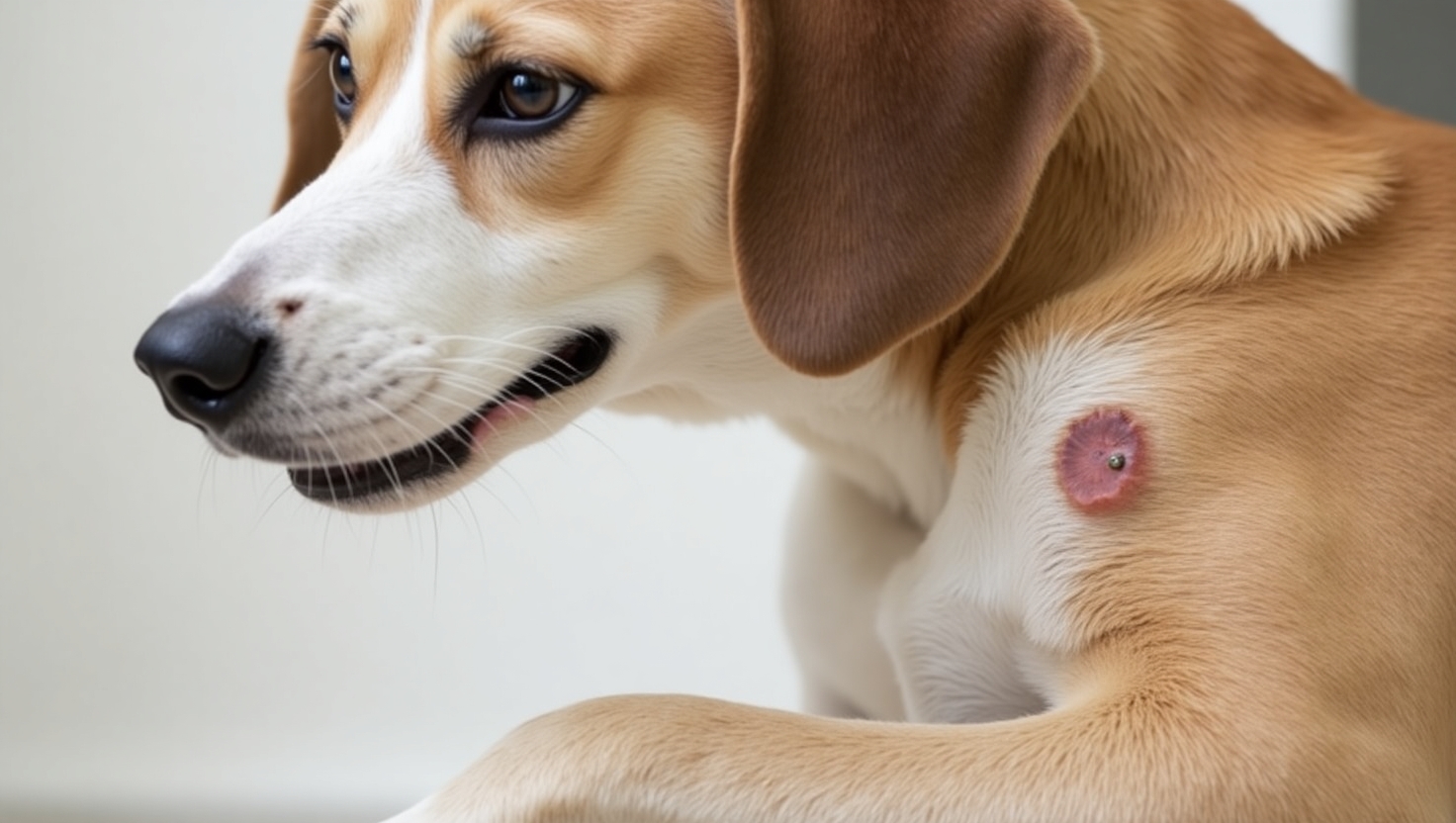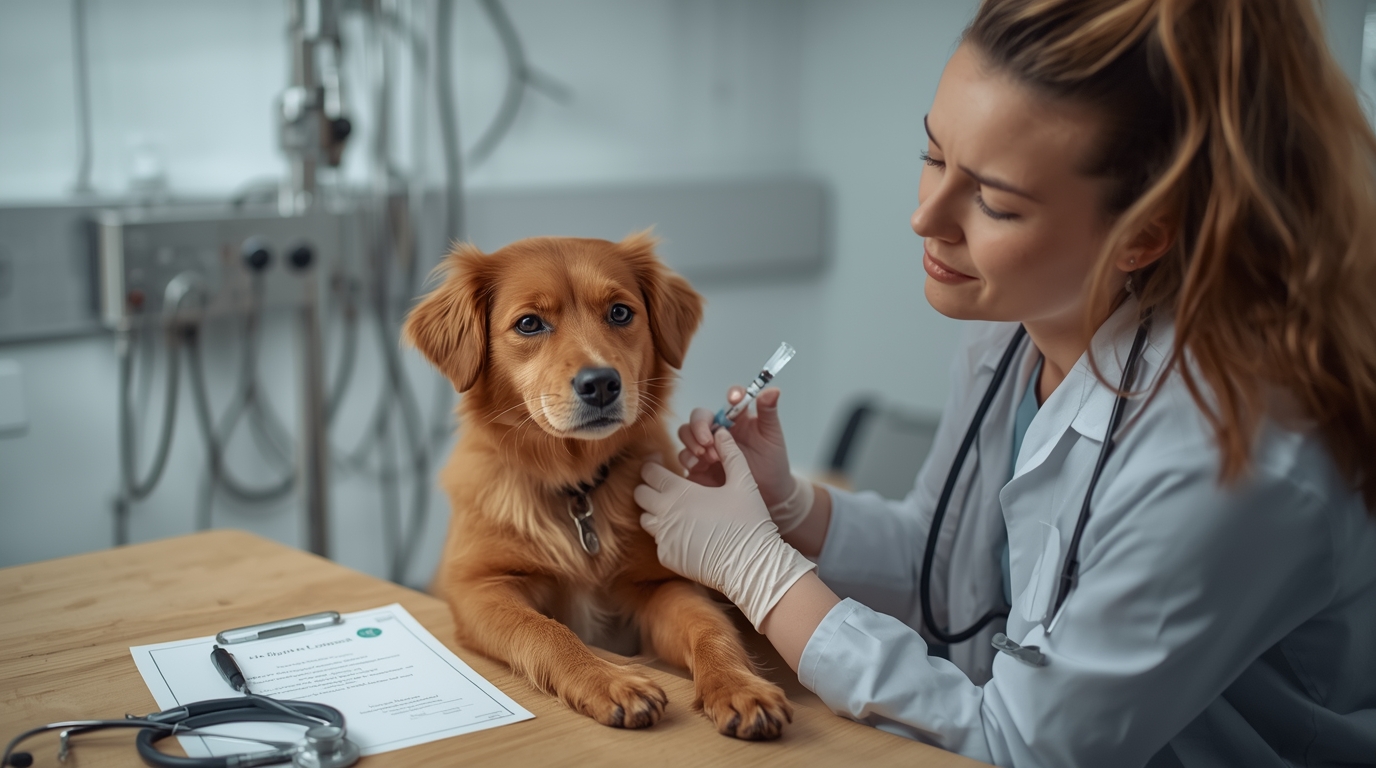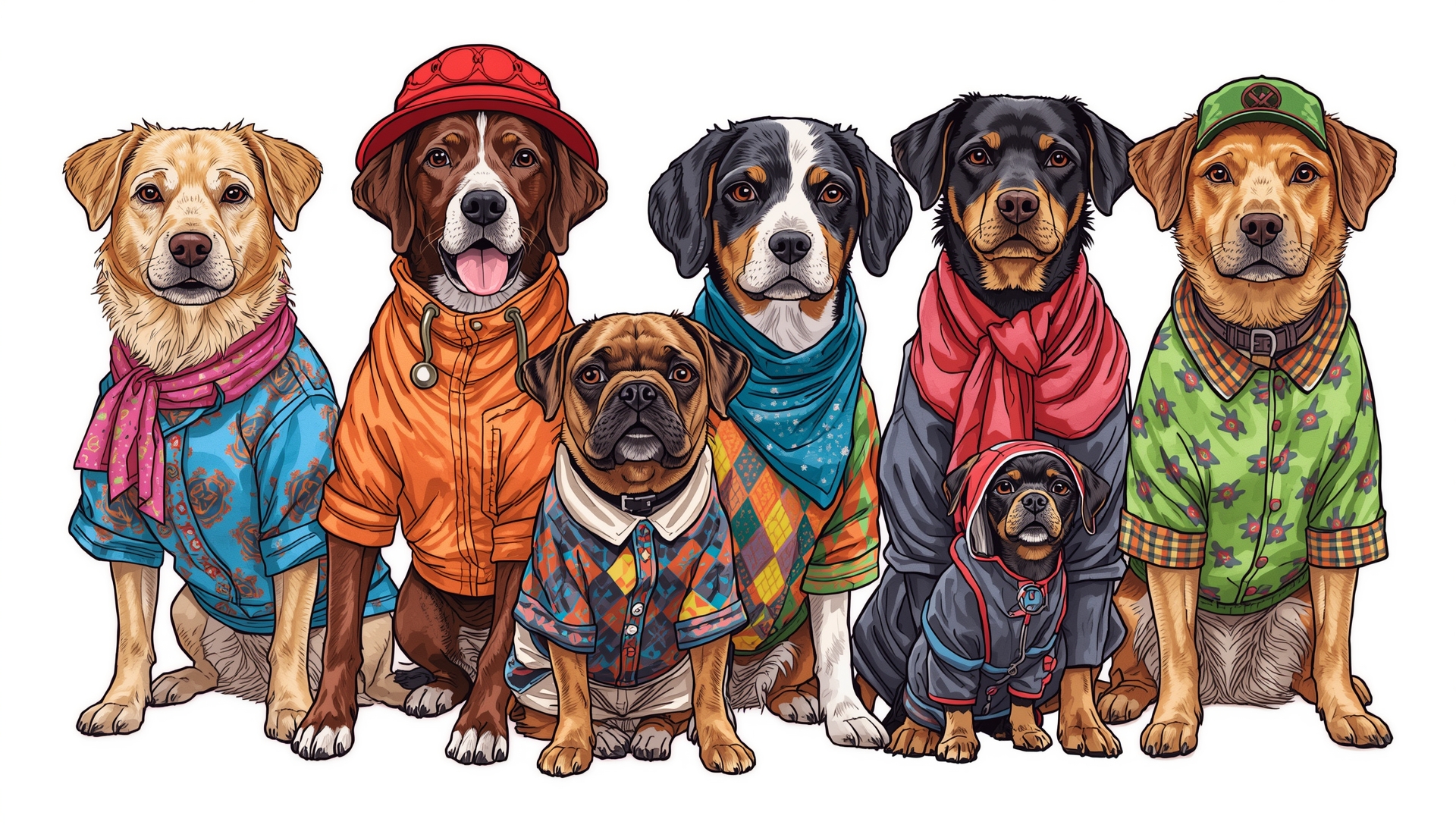Introduction:
Discovering a small lump or a flopping piece of skin on your dog can be alarming, but most of those harmless bumps are just skin tags on dogs benign, soft, and generally more of a cosmetic than a medical issue. In Australia, where dogs spend lots of time outdoors, recognizing, keeping an eye on, and taking care of dog skin tags can ensure that you can keep your furry companion both comfortable and well.
What Are Skin Tags on Dogs?
Canine skin tags, also referred to as acrochordons or fibroepithelial polyps are soft, flesh-colored, small growths, and tend to appear on a stalk. They usually occur at areas where your dog’s fur rubs or where they rest, such as the chest, elbows, or armpits. Canine skin tags are harmless and benign in most instances.

Why Do Dogs Get Skin Tags?
There are a number of reasons why canine skin tags form:
Friction and pressure: Heavy dogs or those with short hair tend to develop tags where the skin regularly rubs thin chest or elbow regions.
Breed and genetics: Some breeds such as Bulldogs, Cocker Spaniels, and Poodles are potentially more susceptible to skin tags.
Age: Middle-aged and older canines are also at greater risk of developing these tumors.
Are Skin Tags Harmful?
Fortunately, skin tags in dogs tend to be benign and non-contagious. They won’t cause any health problems unless they get hurt or are very bothersome. It’s important to keep an eye on them for any changes, though.
Identifying a Skin Tag vs Other Skin Growths
It’s essential to learn about differences between various skin growths:
- Skin tags are soft and hanging.
- Warts (papillomas) tend to be warty or cauliflower-like and tend to heal by themselves.
- The other lumps such as lipomas (fat lumps), histiocytomas (“button tumors”), or more dangerous tumors can be harder, bigger, or different in feel.
Do Dog Skin Tags Require Treatment?
Most dog skin tags do not require removal. However, there are circumstances under which treatment should be undertaken:
- The tag is inflamed by collars or bedding.
- It’s in a spot that’s causing discomfort or constant bleeding.
- You have aesthetic issues and desire it removed.
When removal is necessary, veterinarians employ safe methods like local anesthesia, scalpel removal, laser surgery, or electrocautery. Healing is usually uneventful, provided by a professional.
Home Remedies: A Big No-No
You will find online advice or home kits saying they can remove dog skin tags at home, but the majority of them are risky. Steer clear of:
- Liquid nitrogen, burning, or non-sterilized instruments.
- Tying off skin tags with floss.
- Trying any procedure on sick or aged dogs without veterinary supervision.
These treatments may injure your pet, introduce infection, or result in your own incomplete removal.
Maintaining Your Dog’s Skin Health
Though you usually can’t stop skin tags entirely, you can take measures that might help:
- Support them with soft, supportive bedding to take pressure off their body.
- Check harnesses and collars are properly fitted, not too tight or chafing.
- Keep your dog lean and active to minimize skin folds and friction.
- Groom regularly to eliminate dirt and debris that can irritate.
These little changes can give your pup’s comfort a boost and even slow the formation of new skin tags.

When to See Your Vet
Make a vet appointment if you see any of the following:
- A pea-sized lump or one that persists for over a month.
- A growing, bleeding, color-changing, or infected-looking tag.
- Several tags suddenly or in unexpected places.
Your vet can biopsy or check the growth to exclude other serious issues.
Real-Life Aussie Paw Parents Say…
Lots of Aussie dog parents in online forums comment that it’s frightening to see a skin tag at first but once one knows most are harmless, one is less anxious. One responsible pet mom said, “My Staffordshire has two chest tags but they don’t bother her, so the vet just monitors them during yearly check-ups. No drama, no guilt.” It’s a gentle reminder that sometimes monitoring closely is the best course.
Check this: Dog Paw Print: An Australian Guide for Pet Lovers
Final Thoughts: Skin Tags on Dogs in Australia
Here’s a brief recap for busy dog owners:
Skin tags in dogs are normal, particularly in senior or large-breed dogs.
Rest assured, most are harmless and do not require removal.
Monitor for changes, maintain healthy skin, and steer clear of dangerous DIY procedures.
When necessary, expert removal is safe and effective.
Your vet is always your best buddy when dealing with your dog’s lumps or bumps.
FAQs: Skin Tags on Dogs
- Are skin tags prevalent in dogs?
Yes. Older and large breeds, particularly, develop skin tags due to friction or heredity.
- Can I remove skin tags myself?
No. Any home removal they pose the risk of infection, partial removal, and discomfort. Refer always to your vet.
- When should a vet examine a skin tag?
If it becomes smaller, bleeds, bleeds regularly, becomes infected, or is in an annoying location.
- How are skin tags on dogs treated?
Most are excised through outpatient minor surgery under local or general anesthesia, depending on size and location.
- Can I avoid skin tags?
Although not always avoidable, soft bedding, proper fit of gear, and weight control reduce irritation and friction.






